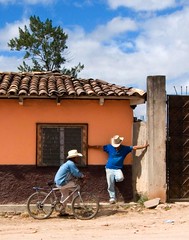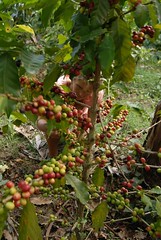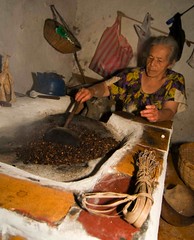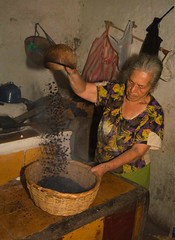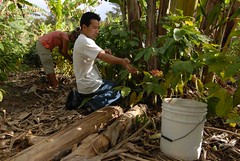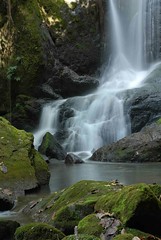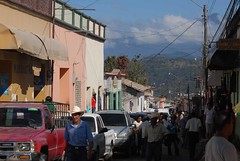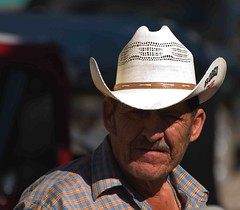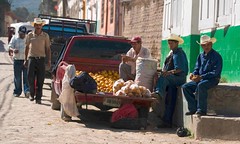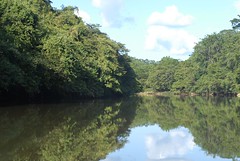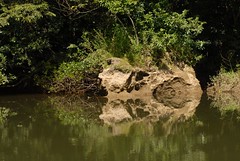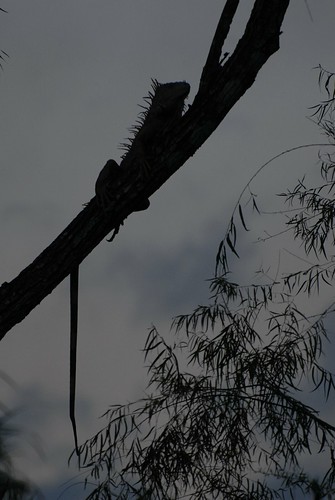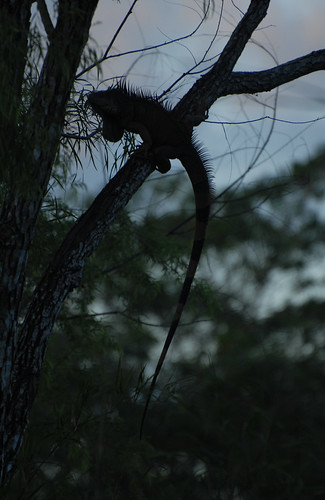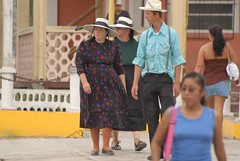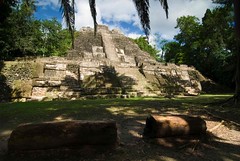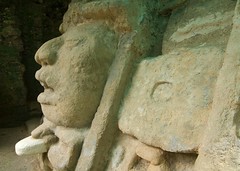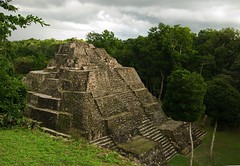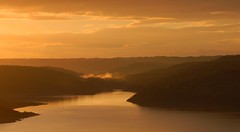4-8th December
Coral, brightly coloured fishes, eels, rays, octopuses and turtles –one great tour company called Anwar and a wholly terrible, unprofessional one called Tsunami!
We have been Swimming with the Fishes…….or to be exact, swimming with the Yellow-Tailed Snappers, French Grunts, Pink Squirrelfish and Horse-Eyed Jacks. More Pirates of the Caribbean than fishes of the Caribbean? That’s what the coloured little fishes of the reef we have seen are called. We have seen large colonies of coral towering above the sea-bed, plus rays, eels, octopuses and turtles.
We have been doing what we mostly came to Caye Caulker for – snorkelling. And we love it. We’ve been out on three tours – and here’s a recommendation and a word of warning. Two tours by Anwar were good, one of them excellent. The third with Tsunami was appalling. We strongly recommend anyone who wants to go out with a good and knowledgeable guide to go with Anwar and to avoid Tsunami like the disaster they are named after. But more of this later.
Belize has the world’s second largest Barrier Reef, a line of coral than runs straight down the eastern coast and facing the Caribbean. It is broken places by natural channels and beyond it lies a series of coral and sand atolls. Caye Caulker is one of the sand islands – cayes – just inside the reef and only one of two that are inhabited. The local inhabitants have been long-time lobster fishermen until tourism took off. There is a largish local village sprawled along the key and a strip of hotels, hostels, restaurants, gift shops, jewellery stalls, dive centres and tour shops along the east-facing reef-side.
Two of our trips have been with the impeccable Anwar’s Tours, one with a fantastic guide and all-round top person called Emer. With enthusiasm, dedication and expert knowledge, he has pointed out pinnacle, elkhorn, antler, fire, brain and common sea fan corals. He takes time to point out corals, fishes, lobsters and eels then rises to the service to tell us what they are. He also takes time to answer all questions and explain how the reef works. He’s a star and if you go to Caye Caulker go to Anwar’s for a tour ans ask for one led by Emer if you can. He’s one of the best tour guides we have been with of any sort anywhere in the world.
Strangely the two Anwar’s tours have also been with the same Minnesotan couple celebrating her 60th birthday. We first went to the local Caye Caulker reef where we saw decent coral and some fish, second to Hol Chan and the Coral Gardens where we saw great coral and lots of fish.
We have also seen the entertaining, disappearing Christmas tree worms which do look like tiny, brightly-coloured Christmas trees. They disappear into their protective coral homes when they sense danger nearby. The corals rise as mounds from the sea bed, each mound a community of different types of hard an soft corals. Most are brown or green with a few purples and yellows thrown in to brighten things up.
Emer has dived to show us a multitude of multi-coloured fishes, the names of most of which are so quickly forgotten as one darting, bright treasure follows on from another. We have seen a variety of parrot, butterfly and angel fish, lots of sub-surface bobbing pipe fish, large shoals of silver and yellow fish hugging close to the coral, large black groupers, plus everyone’s favourite - the barracuda. Just floating looking down on the vibrant, three-dimensional worlds is enough of a delight to make an hour pass as if it is fifteen minutes.
Our third tour could not have been more of a contrast. The disaster that is Tsunami tours were the only company with a confirmed trip to Tunneffe Atoll, out beyond the barrier reef. The boat trip out was exhilarating due to the swell fronting strong winds. At our first stop Rene the guide swam off at breakneck speed leaving us all trailing in his wake. He pointed out only one fish but was keener to get to deeper water to harpoon his dinner. Half of the group were left behind, including three older, less fit Americans. Rene shouted at them to keep up and complained to me they should not be on the tour. A long swim later and we all made it back to the boat tired but the three Americans were struggling and Rene had to go back to escort them in. They only made it out of the boat one more time during the day.
We stopped on the sandy atoll itself for lunch and at three more locations to snorkel. Despite Tsunami saying the guide would show us coral and fish and that we could not snorkel by ourselves, Rene did not do any more guiding and either sat in the boat smoking cigarettes or went off on his own to hunt, bringing back a lobster and a fish. He also threw a live turtle in the boat for us to look at and shouted at one guy who put it back in the water as soon as anyone possibly could, poor turtle.
The large coral formations towering from the sea bed were stunning at Turneffe and because we had two good tours previously, both of us were happy to snorkel and look for things ourselves. We swam around colonies of different coloured corals, many with fish. But, not once did Rene offer to tell us where the good coral was, which direction to swim or how far unless we pressed him. Any of us could have gone too far and found a strong, cold current.
I hired an underwater digital camera from Tsunami which did not work the whole trip. When I brought it back, Heather who was running the shop was rude and offensive as she accused me of mistreating the camera while explaining that tourists lie to her and damage the cameras themselves. I said the memory card was faulty, in my opinion, which she worked out too while miserably bad mouthing tourists. Then refused a refund until she had checked with the woman who hired me the camera and we had to go back the next day to see if she would consider a refund. The whole attitude of Tsunami – their health and safety, guiding, communication and customer service was of the lowest standard you could imagine – in other words ‘utter shite’.
My highlights are the fish I’ve not seen before and long wanted to swim with.
We have had the honour at one location of being visited time again by a fly-past of at least 22 sting rays, silently gliding over the sea bed in graceful formations. A couple of larger spotted eagle rays have slipped past, their matt black bodies seeming to cast dark shadows across the water.
G. adds: yes... we have seen wonderful life under the water, and eagle rays are surely one of my favourite ever creatures on the planet to see. I loved the way that Emer pointed out all the little and more commonly seen fish as well as the 'big 5' so beloved of tour guides. the day after, I went back to Anwar's shop and spent an hour perhaps just sitting with the guide and browsing the reference books going over what we'd seen and identifying more or variations. They're a great outfit.
